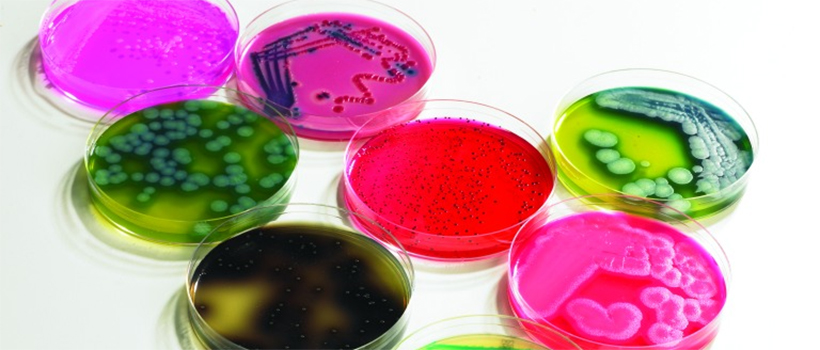

Neogen: delivering method validation services
Neogen, a global provider of food safety solutions and services, have developed a rapid, alternative method for testing the commercial sterility of UHT treated products. In order to bring the first ISO 16140-2 validated method for commercial sterility testing to the market, they sought our help, as a certified MicroVal expert laboratory, to validate their method when testing UHT treated milk and plant based alternative drinks.
What is the Neogen method?
Neogen’s automated testing method, the Soleris NF-105 testing vial, uses a pH indicator dye to detect acid produced by microorganism growth, resulting in a colour change from green to yellow. This change in colour migrates into a soft agar plug at the base of the vial and is read in real time by optical sensors in the Soleris Next Generation instrument that detect the density of LED light passing through the agar plug.
The Soleris NF-105 test is as a rapid screen for commercial sterility monitoring, reducing both hands-on analysis time and result time.
What we did to validate the method?
Campden BRI, an accredited MicroVal expert laboratory part of our Molecular Microbiology and Methods team, conducted a validation according to ISO16140-2 [Microbiology of the food chain — Method validation — Part 2: Protocol for the validation of alternative (proprietary) methods against a reference method].
They tested the Soleris NF-105 method, compared to an approved reference method, for the following:
- Sensitivity –
- the ability to detect the target organism, including the level / limit of detection
- Selectivity –
- the ability to detect the target organism when they come from a wide range of different types of microorganisms / strains
- the lack of interference from a range of similar / relevant range non-target strains
They also conducted an inter-laboratory study where identical samples were tested, using both methods, across multiple laboratories.
The data showed that the Neogen Soleris NF-105 testing vial is considered equivalent to the reference method.
This is the first method of its kind to be validated according to ISO16140-2 standard
How can Campden BRI help you through method validation?
Campden BRI provides a wide range of services for evaluating microbiological methods, validation and interpretation. It is vital that appropriate methods are used and that they are shown to be suitable for a particular situation, and Campden BRI experts can help you reach the right decisions.
How can we help you?
Contact us and speak to our product value optimisation experts to find out more about how we can help.
Are you a Campden BRI member who attends the MIG meetings?
- If not, you’re missing out on a whole host of exclusive benefits such as learning from industry-leading experts and networking with peers to overcome your challenges.







